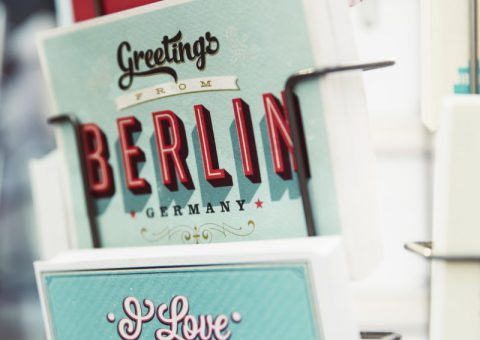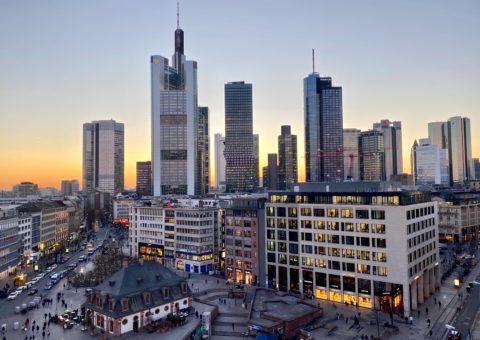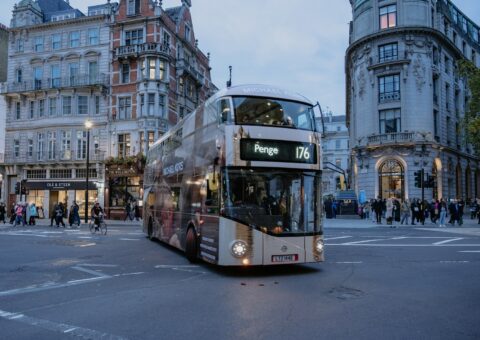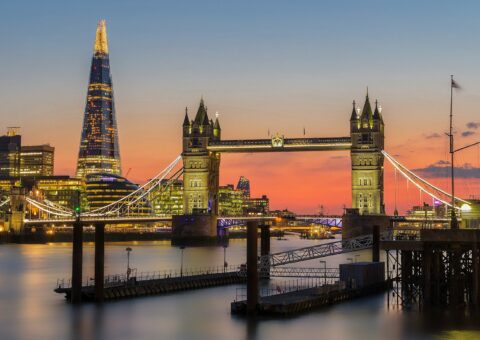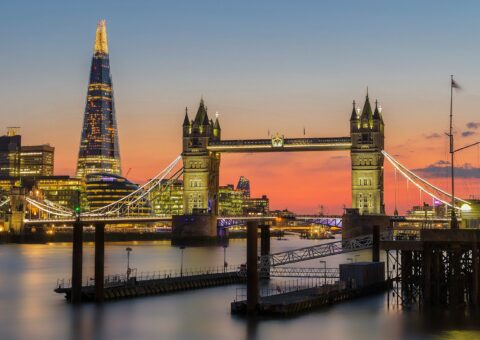Warm Rent and Cold Rent in Germany (Kaltmiete and Warmmiete in Germany)
As you already know (since you’re reading this guide!), Germany has two types of rent.
They are cold rent (known in German as ‘kaltmiete’) and warm rent (known in German as ‘warmmiete’)… and they’re two different ways of paying for wherever you live.
But if you don’t know the difference, it can all be a bit confusing.
So in this quick tell-all guide, we’ve brought you everything you need to know about kaltmiete (cold rent), warmmiete (warm rent), the difference between kaltmiete and warmmiete, and what exactly nebenkosten is all about.
Kick back, grab yourself a glühwein, and let reliable ol’ Homelike clear up the bureaucratic bewilderment. In five short minutes, your confusion will thankfully all be over.
The difference between kaltmiete (cold rent) and warmmiete (warm rent)
When you’re browsing for homes in Germany, you’ll find two different types of potential payment plans. They are kaltmiete (cold rent) and warmmiete (warm rent).
The difference is pretty simple:
Kaltmiete (cold rent) is just the flat fee you pay for the place you rent. This fee includes no other additional benefits, and covers only the price of the apartment (or room, or house, or whatever else you’re living in).
Warmmiete (warm rent) has extra benefits, but is a little more complicated. A warm rent fee covers your rent, but it also includes other costs (such as your heating, and other home-running essentials).
Different landlords cover different running costs as part of their warm rent packages. So although some costs (such as heating) are always covered as part of your warm rent payment, you might still be expected to organize some other payments independently as part of your warm rent.
Some landlords only offer warm rent. Some only offer cold rent. Some offer both. Some offer only warm rent while displaying both figures, in an attempt to be transparent.
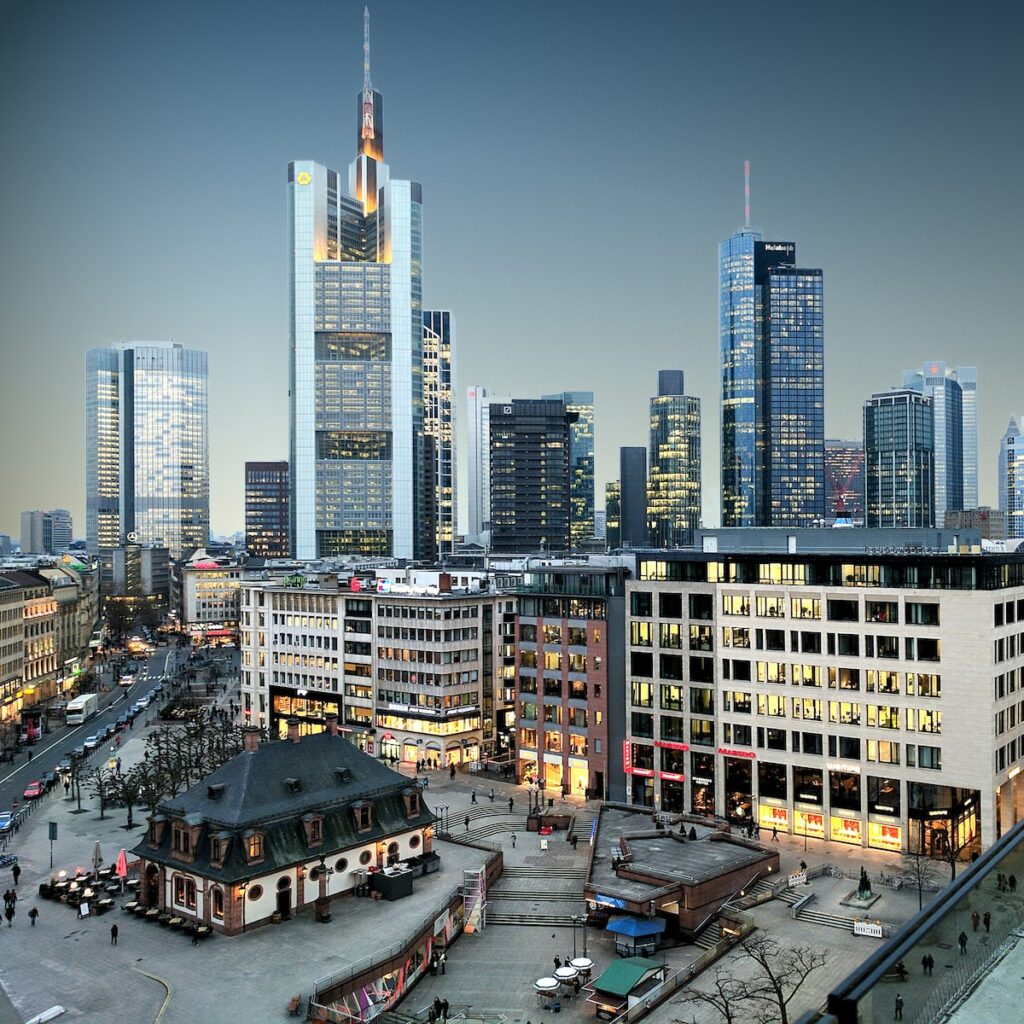
What is included in warm rent (warmmiete)?
This differs from contract to contract.
Broadly speaking, your warm rent fee will usually cover gas utilities, property tax, trash collection, recycling, water utilities, and any in-house or on-street cleaning services.
Some other costs (phone, cable TV, and internet) usually aren’t covered, although there’s a chance they may be.
Electricity costs are sometimes covered and sometimes not covered.
Some people prefer warm rent (warmmiete) because it simplifies the moving process, it leaves you with less bureaucracy, and it means you don’t need to worry about splitting utility costs with whoever else you live with (if you’re in a house share).
But if you get a warm rent deal for your apartment, you should be very clear on what will and won’t be covered as part of your payment plan. Ensure you get this in writing, and make sure all written content is clear, detailed and transparent.
These different costs are referred to as ‘nebenkosten.’ And that brings us to…
What is nebenkosten?
Nebenkosten literally translates into German as ‘extra costs’.
With warm rent, some (or all) of your nebenkosten are included. With cold rent, none of your nebenkosten are included.
Nebenkosten can include much more than most people realize. Your warm rental fee might include some or all of the following:
- Water utilities (including both hot and cold water)
- Sewage system maintenance
- Collection and disposal of trash and recycling
- Street cleaning
- Property taxes
- Any insurance policies
- Electricity
- Heating
- Cleaning or housekeeping
- Garden and grounds maintenance
- Elevator maintenance
- TV fees (such as a cable subscription)
- Maintenance of safety precautions (such as fire extinguishers, fire alarms, and smoke detectors)
Again, it’s important to communicate with your landlord to work out exactly which nebenkosten are and aren’t covered as part of your warm rental contract. There are lots of potential nebenkosten, and you don’t want to be hit with unexpected costs at the end of your rental period.
How warmmiete (warm rent) works
When you pay your warm rent, you’re essentially paying upfront for future utility bills. This payment sum will not equate to exactly how much your future utility bills will cost (because it’s impossible for landlords to know in advance exactly how much these costs will be).
Instead, your warm rent figure is a (usually pretty accurate) estimate, calculated in advance of these costs occurring. It’s calculated by adding your confirmed rental fee to your estimated utility expenses.
At the end of a chosen period (usually 12 months, but that depends on your personal circumstances), your landlord will inform you of how much the actual utility bills added up to. If you initially overpaid, you’ll receive some money from your landlord. If you initially underpaid, you’ll need to hand over more money.
Getting a place with all expenses covered can be very convenient and stress-free… but working out exactly what is and isn’t covered can be difficult, time-consuming and complicated if you have an unreliable landlord. That’s especially true if you’re not German, as you need to go through added bureaucratic processes (while negotiating a language barrier!).
What if I opt for a cold rent (kaltmiete) arrangement instead?
In many ways, cold rent can be a much easier option.
With a cold rent plan, you simply need to organize all utility bills yourself, independently of your landlord. You arrange for all utilities to manually come out of your bank account (either by visiting a branch, or by using your bank’s online app).
Some people find this option simpler and cleaner, as their landlord dictates nothing but their basic rental fee—and the tenant doesn’t need to worry about which extra costs are and aren’t covered (since none of them are!).
Others don’t like this option, as they don’t want the stress and hassle of having to manage and arrange the payment of their own utility bills. That’s especially true for people who’ll only be in Germany for a short while (as they might have no intention of opening a bank account).

How to rent an apartment in Germany
There are many ways to rent apartments in Germany.
To get started, your best websites are Homelike, WG-Gesucht, Immobilienscout24, and Immowelt. All are popular throughout the nation, and all have a wide range of various places to live (including house shares, spare rooms, large houses, small studios, and everything in between).
Facebook is another great resource. Once you’ve decided which city you’ll be moving to, you can easily find lots of relevant housing groups to assist you in your apartment-hunting odyssey. Here’s a great group for housing in Berlin, while here’s a great group for housing in Munich. You’ll find similar groups no matter which city you’re moving to.
Real estate agents in Germany can also help you find a place to stay… but they usually charge lofty fees—and they can typically help you out only after you’ve arrived in the nation.
It’s important to note that some apartments come furnished, while others come unfurnished. Unfurnished offerings are pretty common in Germany… and if you’re looking for somewhere you can move into right away, these unfurnished places won’t suit your needs.
Germany’s rental market is outrageously oversaturated (particularly in bigger cities like Berlin and Munich), and it can often be very difficult to find a place to live… especially if you’re looking for a furnished place. You’ll usually need to outbid other potential tenants, and attend endless house viewings—and you might wind up paying big bucks for a pretty subpar place.
For that reason, it’s often easier to find a serviced apartment or a serviced flat (especially if you’re new in Germany or only planning on a short-term stay).
With our furnished flats and apartments, all costs are included within the price, so you don’t need to worry about kaltmiete, or warmmiete, or assessing exactly which costs you are and aren’t responsible for. You also don’t need to endure the hassle of organizing utility bills with your bank, or endlessly exploring the insanity of Germany’s real-estate market.
We have welcoming homes in Berlin, Munich, Cologne, Dusseldorf, and many other parts of Germany. They’re all comfortable, affordable, fully-furnished, and ready to move into right away.
Kaltmiete and warmmiete in Germany: final thoughts
And just like that, we’ve meandered our way to the end of this payment-plan guide.
Hopefully we’ve covered everything you need to know about kaltmiete (cold rent), warmmiete (warm rent), the difference between kaltmiete and warmmiete, and the different types of nebenkosten.
If you’ve decided all the hassle isn’t for you, check out our apartments in Germany. They’re the most stress-free way of relocating to the place, no matter which city you’re choosing, or how long you’ll be hanging around. And best of all, they’re all fully furnished, and ready to call home today.
For more information on relocating to Germany, check out our guides on the nation’s best places to live, everything you need to know about living in Germany, and getting your Schufa.
And if you’re staying in Germany for a while, don’t forget to read up on your all-important Anmeldung.
Thanks for reading, thanks for stopping by, and thanks for choosing Homelike!

Finding apartments in top German cities



